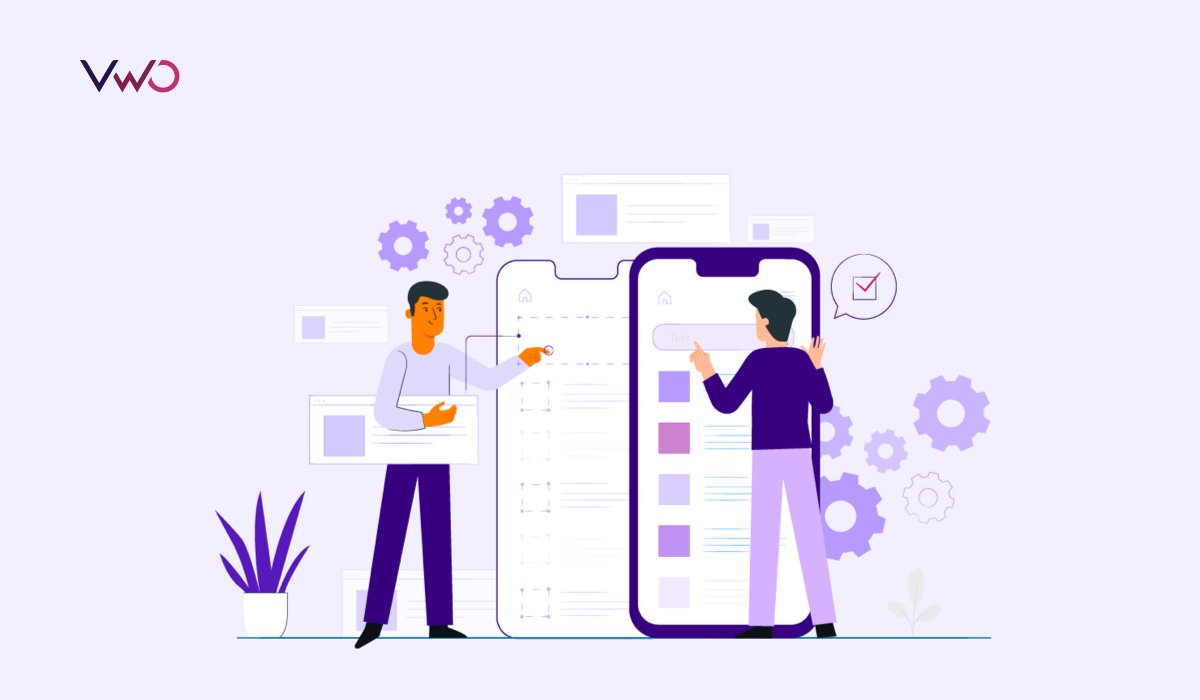
The Ultimate Overview to Mobile Optimization: Approaches for Enhancing Site Performance on Smartphones and Tablets
The strategies for boosting web site efficiency on mobile platforms go beyond plain adjustment; they include a detailed method that involves responsive layout, speed optimization, content strategies, and customer experience improvements. By delving right into the details of mobile optimization, services can not only meet customer assumptions however also stay ahead in an affordable electronic landscape.
Value of Mobile Optimization
Mobile optimization plays an essential role in boosting customer experience and driving conversion prices in the ever-evolving digital landscape. With the raising use of smartphones and tablet computers for searching the net, making certain that web sites are optimized for smart phones has come to be important for businesses - Mobile Optimization. A mobile-optimized web site not only adjusts seamlessly to various screen sizes yet likewise lots rapidly, giving users with a smooth and delightful browsing experience
In today's hectic globe, individuals anticipate instant accessibility to information on the go. An internet site that is not optimized for mobile tools risks shedding possible customers as a result of slow packing times or an inadequate interface. By investing in mobile optimization, businesses can deal with the demands of their mobile audience, causing greater engagement and boosted conversions.
Moreover, internet search engine like Google focus on mobile-friendly websites in their rankings, making mobile optimization vital for boosting presence and attracting natural website traffic. Mobile Optimization. Generally, the value of mobile optimization can not be overemphasized, as it directly influences individual fulfillment, conversion prices, and total business success in the digital realm
Responsive Design Methods
Executing responsive design techniques ensures that websites dynamically readjust their format and material based on the user's device display dimension, supplying a constant individual experience across various systems. Among the most common methods used in receptive style is creating fluid grids that allow web content to resize proportionally to the display size. This ensures that components on the web page preserve their relative spacing and setup, enhancing the viewing experience for customers on various devices.
In addition, utilizing flexible photos that can scale with the size of the viewport aids stop images from being chopped or misshaped on smaller displays. CSS media queries play an essential duty in responsive layout by enabling developers to use specific designs based on the gadget characteristics such as display width, height, and positioning. By leveraging media inquiries, internet sites can adapt their design and design to suit mobile phones, tablet computers, and desktop screens effortlessly.
Incorporating responsive layout strategies not only improves user experience however additionally adds to boosted online search engine positions, as search engines like Google focus on mobile-friendly internet sites in their mobile search engine result. By welcoming responsive layout, web sites can provide to the diverse requirements of customers accessing content on a range of gadgets, ultimately driving interaction and conversions.
Rate and Efficiency Optimization

One secret technique is optimizing photos and multimedia material to reduce documents sizes without compromising top quality. Pressing images, leveraging contemporary image formats like WebP, and careless filling offscreen photos work approaches to speed up load times (Mobile Optimization). Reducing HTTP demands, leveraging web browser caching, and reducing web server response times are vital steps in boosting performance.
Carrying out a content distribution network (CDN) can also dramatically increase internet site speed by dispersing web content across numerous servers internationally, reducing latency for individuals accessing the website from different places. Focusing on crucial above-the-fold material and postponing non-essential scripts can additionally boost perceived performance. By concentrating on rate and performance optimization, sites can supply a seamless and rewarding customer experience on mobile phones.
Mobile-Friendly Content Methods
To maximize content for mobile phones, visit here it is necessary to focus on readability and engagement through tactical formatting and succinct messaging. Mobile-friendly material approaches entail tailoring the presentation of information to fit the smaller displays and on-the-go nature of mobile phone and tablet computer users. One key element is to make sure that message is easily readable without the need for zooming in, utilizing font sizes that are clear on mobile screens. Additionally, breaking up content into shorter paragraphs and using bullet points can help improve readability and make it simpler for users to consume information quickly.
Including interesting visuals, such as pictures and videos maximized for mobile watching, can also boost the total individual experience. These visuals should matter, high-grade, and tons rapidly to prevent customers from losing interest. In addition, incorporating interactive elements like tests, polls, or studies can increase customer interaction and encourage energetic participation.
Customer Experience Enhancements
Structure on the foundation of mobile-friendly web content techniques, enhancing individual experience entails enhancing every touchpoint to ensure smooth interaction and contentment for mobile Going Here individuals. One crucial element of boosting user experience on mobile phones is making sure quickly packing times. Customers expect sites to fill rapidly on their mobile phones and tablet computers, and any delays can bring about disappointment and raised bounce rates. Carrying out receptive design is one more crucial consider improving individual experience. Receptive style makes sure that websites adapt to different display dimensions and resolutions, giving a consistent and easy to use experience across various tools.
Optimizing forms for mobile customers by lessening the number of fields and utilizing auto-fill attributes can likewise enhance the total individual experience. By focusing on these customer experience enhancements, websites can properly engage and retain mobile site visitors.
Final Thought
Finally, mobile optimization is critical for improving website efficiency on mobile Learn More phones and tablet computers. By carrying out responsive style techniques, maximizing speed and efficiency, creating mobile-friendly material, and enhancing individual experience, businesses can properly reach and involve with their mobile audience. It is vital for websites to adjust to the increasing mobile usage fads in order to remain affordable in the electronic landscape.